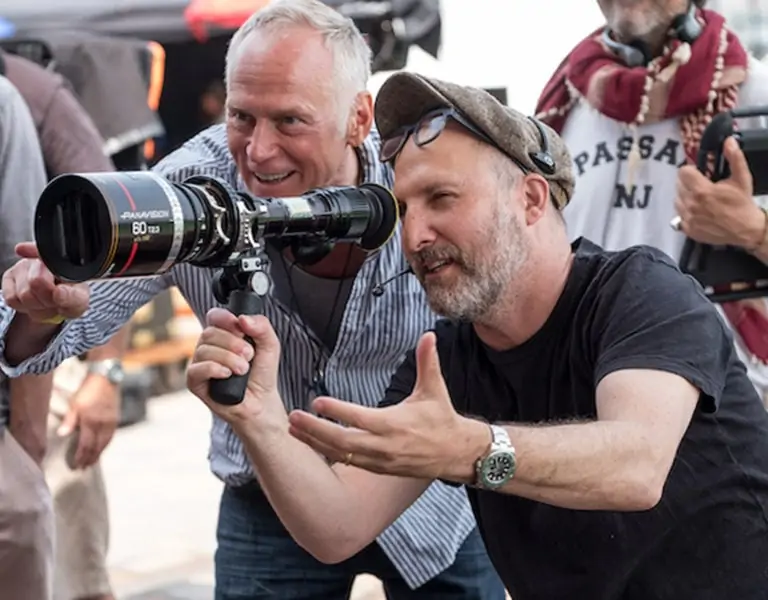Kramer Morgenthau ASC details the cinematography of Creed III
Mar 17, 2023

Creed III finds Adonis Creed — son of the late boxing champ Apollo Creed, the erstwhile nemesis, mentor and friend of Rocky Balboa — a successfully retired heavyweight champion.
Michael B. Jordan reprises his role as Adonis and this time takes the helm as director, following Ryan Coogler’s work on the first Creed and Steven Caple Jr.’s turn on Creed II.
For his directorial debut, Jordan combined his intimate knowledge of the franchise with his clear creative vision, and to help him bring that vision to life on the screen, he asked Creed II cinematographer Kramer Morgenthau, ASC to step back into the ring.

“This is a boxing movie, but at the same time it’s an intense, emotional, adult story, which you see less and less of in blockbuster movies,” Morgenthau recently told Panavision. “It’s nice to see that drama — you feel really connected to the characters, and then, when you go into the ring with them, you really feel it.”
On both Creed II and III, Morgenthau was joined in his corner by A-camera and Steadicam operator Michael Heathcote. During preproduction for Creed III, the cinematographer shares, “Mike and I came in early during prep to work with [2nd-unit director and supervising stunt coordinator] Clayton Barber and [assistant stunt coordinator] Eric Brown to help design the moves for the fight choreography. There’s an arc to what happens in the fights and the stories happening in the corners and in the ringside seats. That was all carefully choreographed, like shooting a piece of dance.”

Working with Panavision Atlanta, Morgenthau elected to shoot Creed III with Panavised Sony Venice cameras and a lens package that included both anamorphic and spherical optics. “We shot all the dramatic scenes with T Series and C Series anamorphic lenses, and for the fights, which are in the 1.90:1 aspect ratio for IMAX, we used [prototype] spherical VA primes that we customized to add a bit more softness and help them match the look of our anamorphic lenses,” the cinematographer explains.
“There’s also a heightened moment we called ‘the void’ in one of the fights, where the audience drops out and it’s just the two boxers,” he continues. “For that, we switched to very wide-angle lenses, a 12mm H Series and a 14mm VA. That was part of Michael’s vision from the beginning. It’s very much an anime approach — anime is a big stylistic influence for Michael.”
The training montage before the movie’s climactic fight proved every bit as critical for the filmmakers as it was for the characters onscreen. “The training montage is sort of the pièce de résistance of every Rocky movie,” Morgenthau reflects. “There’s a lot of pressure to make these sequences really stand out visually while still honoring the story and what’s going on with the characters. The movie is set in L.A., and we shot the montage at a lot of iconic L.A. locations and using every possible camera platform. I hope everyone enjoys it!”

–



















